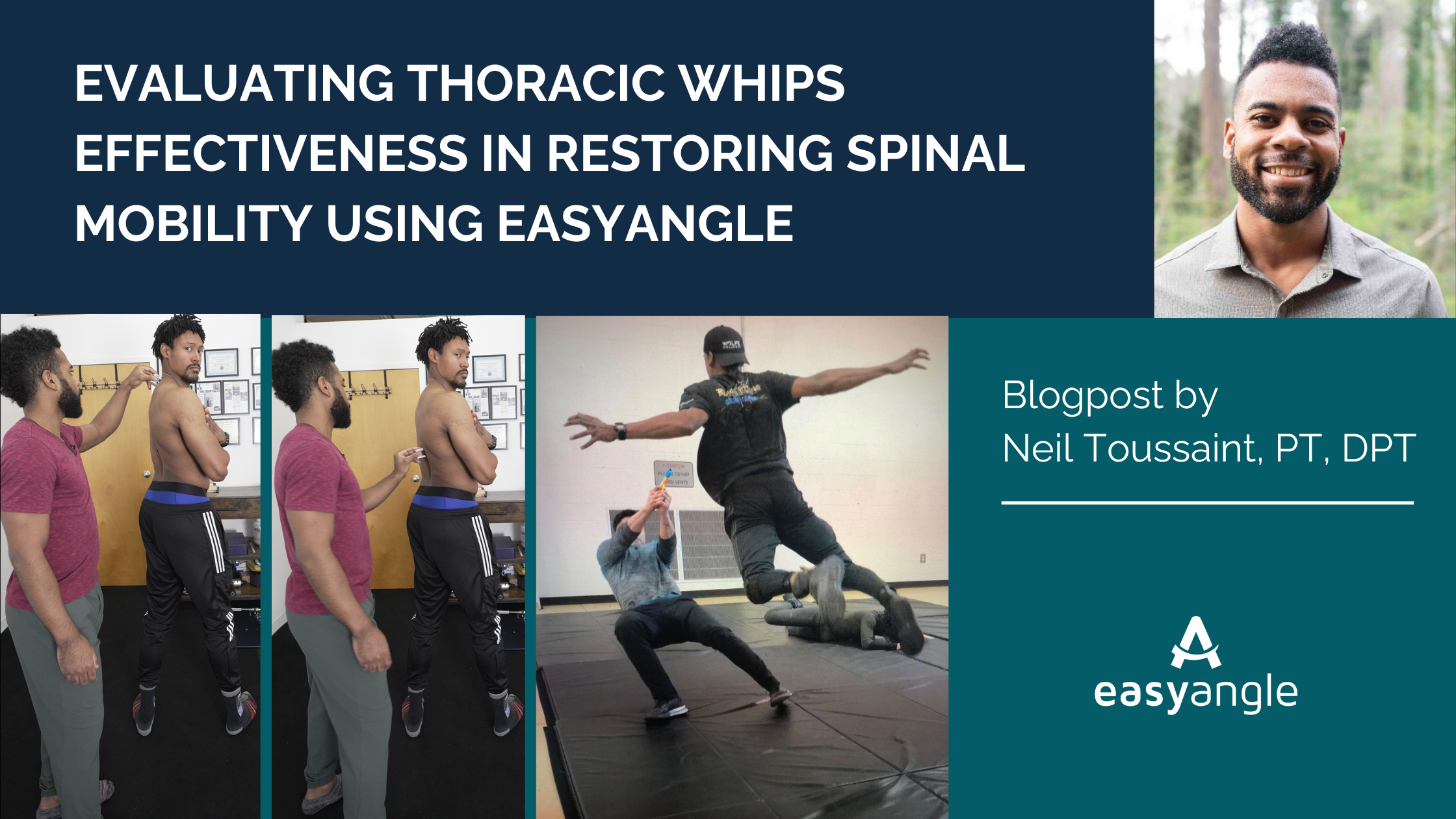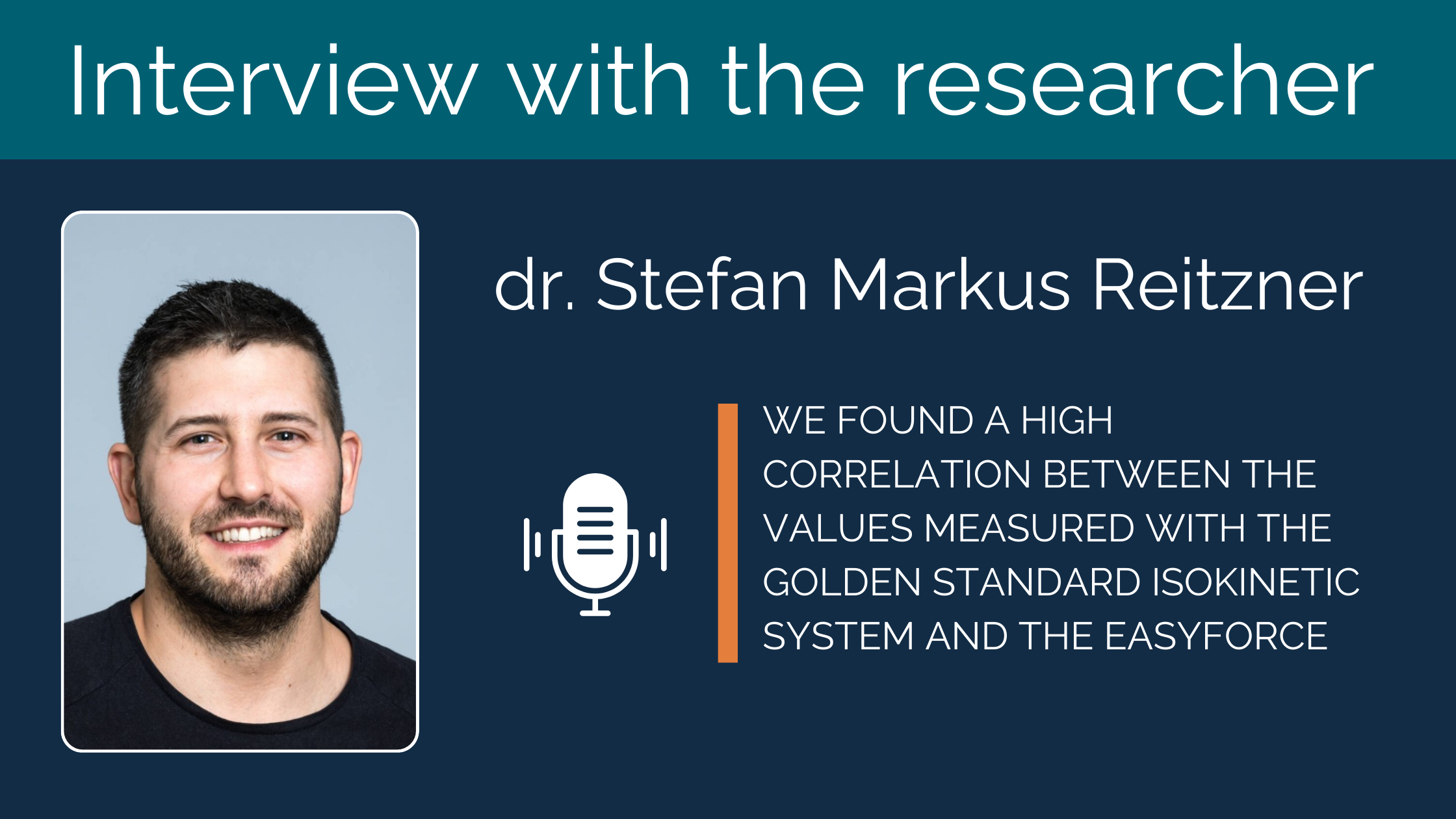-

, by Marko Dombi Evaluating Thoracic Whips Effectiveness in Restoring Spinal Mobility using EasyAngle
-

, by Marko Dombi RESEARCHERS FOUND HIGH CORRELATION BETWEEN VALUES MEASURED WITH THE GOLDEN STANDARD ISOKINETIC SYSTEM AND THE EASYFORCE
-

, by Marko Dombi Precision in Sports Rehab: Unlocking Athlete Potential with Meloq's EasyForce
Dart Thrower’s Motion
- , by khushbu bhati
- 3 min reading time

This is a series of articles where we invite guests to write about relevant topics in rehabilitation and sports sciences
Written by Parker Gregory, OTR/L, CHT / Co-Owner, The Upper Hand LLC
DART THROWING. No, don't run for cover. I'm not actually throwing, well kind of. Let me explain...
If you are up to date in the hand therapy field then you are likely familiar with what we call dart thrower’s motion (DTM). DTM is a combination of wrist movements that is required to, you guessed it, throw a dart. This combination of movement includes radial wrist extension and ulnar wrist flexion. A motion that seems so simple is actually immensely taken for granted. Throughout the day, you may find yourself pouring a glass of milk, taking a drink of water, using a hammer, casting a fishing pole etc. All of these motions require that “simple” DTM. I would go as far as to say that these combinations of functional motion are more important than the isolated motions we as hand therapists have come so accustomed to measuring. I believe other therapists may feel the same, however, there has never been a way to measure this dynamic movement. Until (drum roll please) the EasyAngle Digital Goniometer.
When I first received the EasyAngle, I had no intentions of measuring this motion. In fact, I have never heard of any therapist even trying to objectively measure this motion as it is essentially impossible to accurately measure with your typical plastic goniometer. With EasyAngle, in just two simple clicks, you can have an accurate reliable measurement of this dynamic movement. I believe this once unachievable measurement will change the way hand therapists assess functional motion especially after scapholunate (S-L) ligament injuries.




DTM primarily occurs at the mid-carpal joint of the wrist. It should be noted that this motion minimizes stress to the intact S-L ligament which would become even more important after an injury to that ligament. S-L injuries are the most common cause of carpal instability. Furthermore, the S-L ligament is the most commonly injured carpal ligament. If surgery is needed or even if it’s just an injury, a period of wrist immobilization is required for treatment. Due to this, stiffness closely follows. However, by slowly adding DTM into the treatment program and being able to accurately track this motion, you are able to minimize the prolonged effects of immobilization needed to protect the ligament or repair. Remember though, that caution should be used while using DTM with a torn SL ligament as the gap increases at the end-range of motion. Yet, mid-range motion could prove beneficial by allowing early movement but not sacrificing stability of the ligament.
In conclusion, it is acknowledged that more high-level research is needed to fully understand and validate the influence of DTM on the injured and post-operative populations. However, thanks to the EasyAngle, it is promising and satisfying to know that there is already a new and innovative way to accurately obtain this ever so important measurement.



